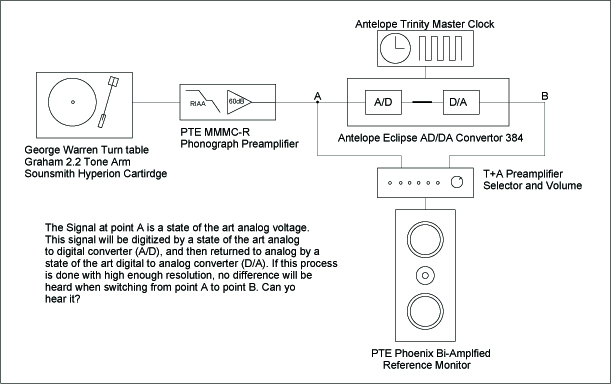OP
John Kenny
Addicted to Fun and Learning
- Joined
- Mar 25, 2016
- Messages
- 568
- Likes
- 18
- Thread Starter
- #41
I know that Fletcher-Munson is used quite a lot on audio forums & taken to be gospel according to many but this forum is hoping to rise above the normal forum standards & apply some real science to what may appear simple questions. Sometimes, by questioning the "received wisdom", we discover & uncover new information.
With that in mind can I introduce a recent (2014) paper "Development and Current Status of the “Cambridge” Loudness Models"
that opens up the whole area of loudness perception & the various models that are current, their advantage, shortcomings & future work needed.
Here are the conclusions "This article has reviewed the development of a series of loudness models developed in Cambridge. The models draw on earlier work of Fletcher, Zwicker, and their coworkers (Fletcher & Munson, 1933; Zwicker & Scharf, 1965). The models have been developed over time to improve their accuracy and applicability, to take into account new data on loudness perception, and to allow the models to predict loudness perception for listeners with hearing loss. The models have found wide applicability in industry for prediction of the loudness of everyday sounds such as noise from aircraft, traffic, inside cars, heating and ventilation systems, wind turbines, and many other situations. They have also been used by government organizations, for example, in predicting the loudness and audibility of potential warning sounds for electric vehicles (Hastings, Pollard, Garay-Vega, Stearns, & Guthy, 2011). The models applicable to impaired hearing have been used in the development of widely used methods for fitting hearing aids (Byrne et al., 2001; Keidser et al., 2011)."
It has some interesting areas that we should all look into such as
- models which incorporate time varying sound (such as speech or music)
- models which account for binaural loudness summation (for stereo sound)
I would welcome other people's view on this paper & the information within it
With that in mind can I introduce a recent (2014) paper "Development and Current Status of the “Cambridge” Loudness Models"
that opens up the whole area of loudness perception & the various models that are current, their advantage, shortcomings & future work needed.
Here are the conclusions "This article has reviewed the development of a series of loudness models developed in Cambridge. The models draw on earlier work of Fletcher, Zwicker, and their coworkers (Fletcher & Munson, 1933; Zwicker & Scharf, 1965). The models have been developed over time to improve their accuracy and applicability, to take into account new data on loudness perception, and to allow the models to predict loudness perception for listeners with hearing loss. The models have found wide applicability in industry for prediction of the loudness of everyday sounds such as noise from aircraft, traffic, inside cars, heating and ventilation systems, wind turbines, and many other situations. They have also been used by government organizations, for example, in predicting the loudness and audibility of potential warning sounds for electric vehicles (Hastings, Pollard, Garay-Vega, Stearns, & Guthy, 2011). The models applicable to impaired hearing have been used in the development of widely used methods for fitting hearing aids (Byrne et al., 2001; Keidser et al., 2011)."
It has some interesting areas that we should all look into such as
- models which incorporate time varying sound (such as speech or music)
- models which account for binaural loudness summation (for stereo sound)
I would welcome other people's view on this paper & the information within it
Last edited:



